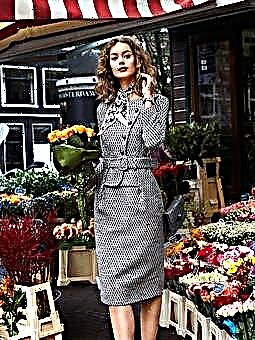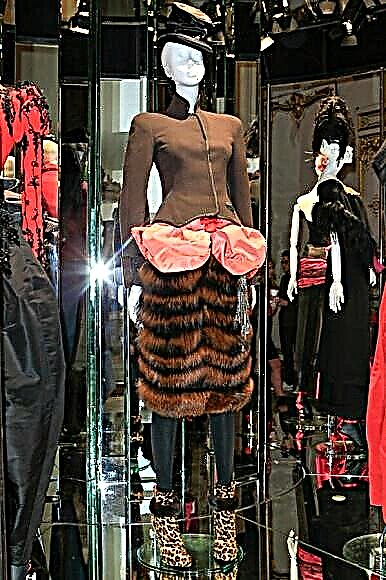If you did not know these terms, it is worth remembering them. They will help you choose the jersey of the right quality.

Cotton knitted fabric can be different in the way weaves are woven - a linen with a wrong side and a knitting face, a double-faced interlock, a denser footer, a mesh pique and so on. In this case, the properties of the canvas will depend not only on the method of weaving the threads in it. You probably noticed that one cotton jersey is stretched after the first wash, and another time after time it keeps its shape. One quickly coats with peels, peels, and the other remains smooth. One canvas was initially more even in texture, and the other seemed to be a little fluffy, with villi. The fact is, what quality of knitwear is made of cotton fibers.
How to wash knitwear
Singing, ring and open end

Cotton jersey is made of cotton threads. Threads, in turn, are obtained by spinning fibers of natural cotton. These fibers can be of different lengths. The longest - up to 70 mm, the shortest - 20 mm. For the production of knitwear of different quality, different fibers are used.
Peña: fibers 35–70 mm long

Singing after a few washes
The longest fibers of cotton go to knitwear singing. This allows you to make the threads more even in structure, more durable, uniform. Since the fibers are long, there is less gun in the threads, villi.Plus - the threads for singing are specially treated so that defects and nodules are less common in them. As a result, knitwear singing turns out to be of better quality. It initially looks even, smooth, without villi, and is not peeled in the future. When washing and operating things from singing do not stretch, do not deform, the seams on them do not move. Accordingly, such a knitwear is usually the most expensive.
Ring or cardier: fiber length 25−35 mm

Ring / Cardier after a few washes
Ring or cardier knitwear is made of medium-length cotton fibers. Threads from these fibers are more loose and fleecy than from long ones. The quality of the canvas from them is also average. Still good, but worse than singing. A ring / cardier can be recognized by a small gun above the surface of the material.
Open end or o / e: 20–35 mm fibers

"Open end" after several washings
Here the fibers are the shortest, and the threads come out loose, not very strong. It is the “open end” jersey that is most often strongly stretched, stretched (or, on the contrary, sits down) after washing, loses shape, quickly breaks and becomes covered with spools. But it is usually the cheapest. You can learn the “open end” by rubbing and properly stretching a piece of knitwear. If, even with a little friction, new fibers appear on the surface, and after stretching the canvas does not want to take its previous shape, most likely it is o / e.
Knitted fabrics with elastane fibers: properties and characteristics of the material
What about synthetic additives?

Synthetic cotton fiber additives can add some properties to knitwear. By the way, not always desired.For example, nylon adds strength, and may contribute to the formation of spools. Elastane gives, as you might guess, elasticity, and with this, cotton jersey with elastane loses resistance to high temperatures. One way or another, if the basic composition of the fabric is cotton, and synthetics are added minimally, the quality of the knitwear will depend to a large extent on the length of the fibers of which the threads are made.
Photo: info.sunspel.com, Pixabay, remnantwarehouse.com, Natalya Pykhova



